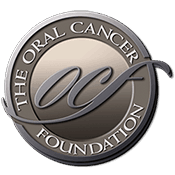HPV-related head and neck cancer on the rise among middle-aged white men
Source: www.news-medical.net Author: staff Research led by Lauren Cole, a public health graduate student, and Dr. Edward Peters, Associate Professor of Public Health and Director of the Epidemiology Program at LSU Health Sciences Center New Orleans, reports that the incidence of head and neck cancer has risen at sites associated with Human Papilloma Virus (HPV) infection, with the greatest increase among middle-aged white men. At the same time, younger, Non-Hispanic blacks experienced a substantial decrease in these cancers. They also found that the disease process for tumors associated with HPV is different from those caused by exposure to tobacco and alcohol, with implications for treatment. The findings are published this month in the PLoS ONE journal. Tobacco and alcohol are the most common risk factors for cancers of the head and neck, but HPV infection is emerging as an important risk factor as well. The objectives of this study were to assess the recent incidence of head and neck cancer in the United States and to investigate the trends of these cancers associated with HPV infection. Using incidence data for 1995-2005 from 40 US population-based cancer registries, the researchers described the epidemiology of head and neck cancer (HNC) in the US and examined the variation in cancer rates by age, sex, race/ethnicity, stage and cancer location. As some HNC sites are strongly associated with a tendency for HPV infection, they also examined if rates varied by those sites associated with HPV. "During 1995-2005, we observed a significant overall increase in [...]
